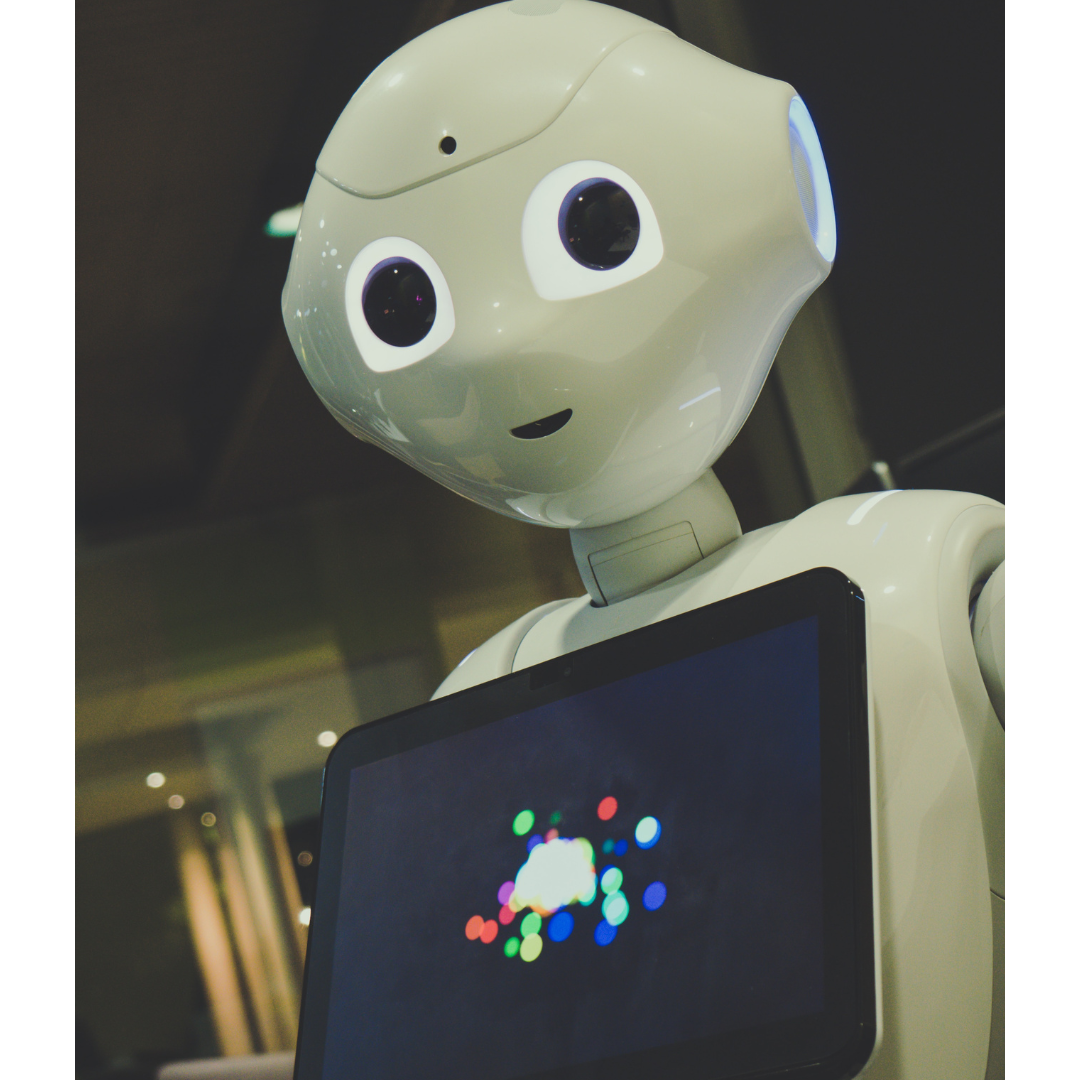How social robotics can benefit disabled people
Clive Gilbert | 25 Jul 2022Assistive technology news, policy and events.
 DispATches is written by Clive Gilbert, freelance research consultant and specialist writer in public policy, social affairs and technology. He also recently spoke to the House of Lords Adult Social Care Committee about technology and independent living.
DispATches is written by Clive Gilbert, freelance research consultant and specialist writer in public policy, social affairs and technology. He also recently spoke to the House of Lords Adult Social Care Committee about technology and independent living.Born with cerebral palsy, Clive is an extensive user of assistive technology and has first-hand experience of the transformative potential that technology can bring to the lives of disabled people.
Meet ElliQ – a robot capable of telling jokes, making calls to relatives and ordering one’s groceries. The New York State government has recently started to offer the voice-activated smart device to over 800 older people to help combat social isolation.
For people who want to grow old in their own homes but suffer from social isolation and loneliness, ‘ElliQ is a powerful complement to traditional forms of social interaction and support from professional or family caregivers’ says Greg Olsen, the Director of the New York State Office for Older Office.
Making robots relatable
 The project is charting the frontiers of the increasingly pervasive field of social robotics. Whereas some bots are meant to be left to their own devices, social robots are built to interact with people. They can be peers, partners, and assistants.
The project is charting the frontiers of the increasingly pervasive field of social robotics. Whereas some bots are meant to be left to their own devices, social robots are built to interact with people. They can be peers, partners, and assistants.
Their human-like qualities are partly the result of deft computer programming designed to instil in them the codes of social behaviour that underpin interactions between people. Aesthetics are also important as research has shown that people are far more likely to accept a robot as a peer rather than simply as a machine if they display a few recognisable human traits. This is why many robots have human figures, faces and voices.
Social robots' application to assistive technology continues to be held back by technical, ethical, and financial barriers. Until their price drops, they can move, speak, and learn more like humans and society has decided important questions about how far we want artificial intelligence to encroach on our lives and what happens if something goes awry, social robots will remain restricted to certain contexts.
But their contribution to assistive technology nonetheless is beginning to be felt. For example, the University of New South Wales (UNSW) in Sydney is leading a team of designers, psychologists, audio consultants and robotics specialists to build an inclusive sound environment that helps people with neurodiversity enjoy live music.
‘Enjoyment of music should be afforded to everyone,’ says project lead Dr Scott Brown, who works at the UNSW Creative Robotics Lab. ‘However, neurodivergent people often process sensory input in unique ways, impacting their opportunity to enjoy music in public spaces.’
The project led by the UNSW Creative Robotics Lab aims to provide an experience that is exciting without being overwhelming for listeners. The technology will be able to adapt the music to individual preferences.
The next phase of robotic evolution
 One of the most fertile areas for researchers in this field is the use of social robots to teach autistic children social skills. These products encourage children take part in activities that help them to practice interacting with other people. For example, the QTrobot, which went on sale for the first time in 2021, is designed to be used for up to an hour every day, depending on the learner's age and educational needs.
One of the most fertile areas for researchers in this field is the use of social robots to teach autistic children social skills. These products encourage children take part in activities that help them to practice interacting with other people. For example, the QTrobot, which went on sale for the first time in 2021, is designed to be used for up to an hour every day, depending on the learner's age and educational needs.
Robots with humanoid features and other striking aesthetics such bright colours rotating mechanical parts, unusual shapes and lights appear to be particularly effective at capturing autistic children's attention.
Social distancing rules during the Covid-19 pandemic have accelerated the adoption of social robotics, especially in social care. More accurate eye-tracking and speech recognition technology and advances in artificial intelligence and deep learning techniques are making the robots seem more human.
Navigating the complexities of social life is undoubtedly still extremely challenging for social robots. In many ways, it remains beyond their means. But they are slowly catching on.
Further resources
- Join our dispATches mailing list to receive the latest news and events from the world of assistive technology
- Read Clive's July Assistive technology news, policy and events round up.
- Find out more about AbilityNet's free live webinars.
- Unsure where to start with digital accessibility? Speak to our experts for help.
AbilityNet provides a range of free services to help disabled people and older people. If you can afford it, please donate to help us support older and disabled people through technology



